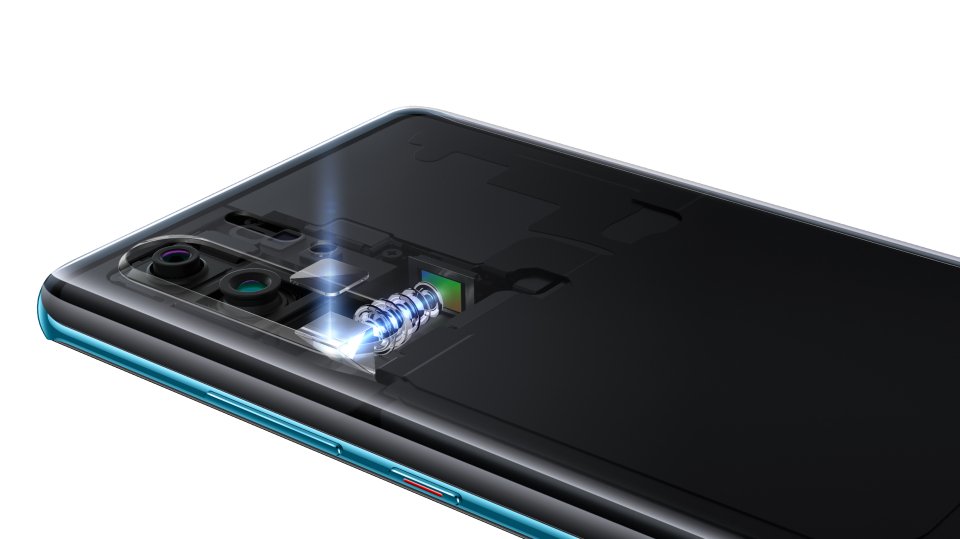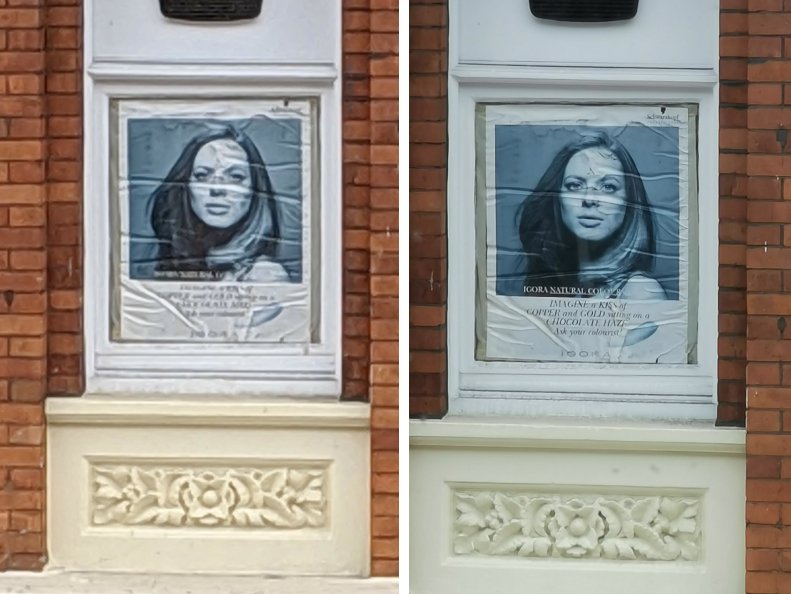Huawei’s latest handset, the P30 Pro brings true telephoto photography to smartphones
Following months of speculation and a number of leaks, Huawei has announced its new P30 and P30 Pro Android smartphones at a launch event in Paris today.
The latest flagship in the Chinese firm’s photography-focused phone series sports a slew of cutting-edge new camera features. The P30 Pro includes an improved 40MP sensor as part of its rear-mounted four-camera array, as well as 20MP wide angle lens, an 8MP telephoto lens capable of 5x optical zoom and 10x lossless digital zoom, and a time of flight camera to measure depth and enable more realistic focal effects in portrait photography (no more cut-out effects), as well as more accurate AR functionality.
The innovative 5x optical zoom has been achieved using a periscope design, which reflects light at a 90-degree angle inside the handset, allowing space for the series of lenses needed for true optical zoom.

A new SuperSpectrum sensor ditches the usual RGB camera setup for a new RYYB configuration, which Huawei engineers say allows for more light to reach the sensor, producing sharper and brighter shots in dark conditions. The phone’s performance in the dark is then improved further by an increased ISO sensitivity of 400,000. And this all combines with machine learning driven application of HDR processing, to carefully balance the overall contrast and brightness within a shot.
Which is all to say that Huawei has thrown the kitchen sink at their latest handset, in terms of photography. This is likely the best camera inside a phone that exists today, and that 5x optical zoom (enhanced by a series of digital techniques to bring it to 10x effective zoom) is truly impressive in tests. Here’s the same shot of a poster taken across the street, shot on a Pixel 3 XL and on the Huawei P30 Pro.

Both the P30 and P30 Pro are OLED, and powered by the latest Kirin 980 chip. The larger P30 Pro has 6.57-inch display in Full HD, with the smaller P30 having the same resolution in a 6.1-inch display. The smaller phone ditches the time of flight lens and has a smaller battery (3650mAh versus 4250mAh), but offers similar photography credentials as its larger sibling.
Other features include an in-screen fingerprint scanner (similar to that of the most recent Mate 20 Pro), and a barely visible nipple-notch (or a teardrop notch, if you prefer) at the top of the screen. The in-call speaker now rests behind the screen, and uses a technology similar to bone conduction to transmit sound to your ear during conversations. This means there’s no front-facing stereo speakers, but that calls will be more confidential, as sound is more directly sent into the ear, rather than broadcast. Huawei has also partnered with Audi to allow you to use your phone as a car key in certain models of Audi automobile.
Pricing and availability details are to follow.